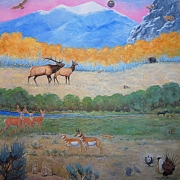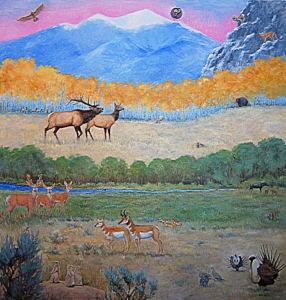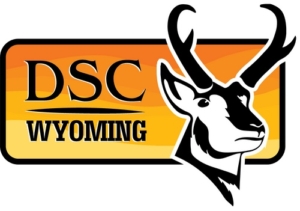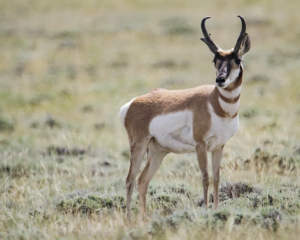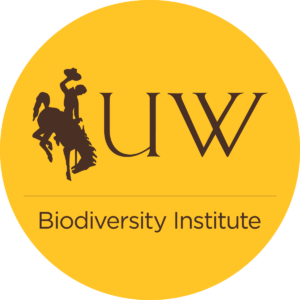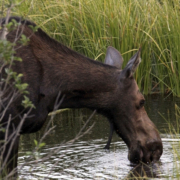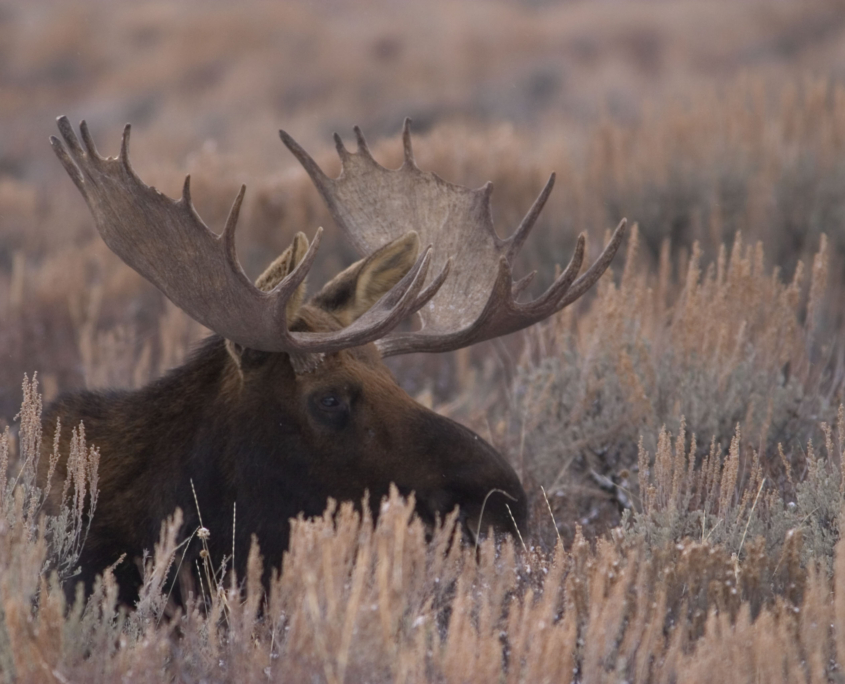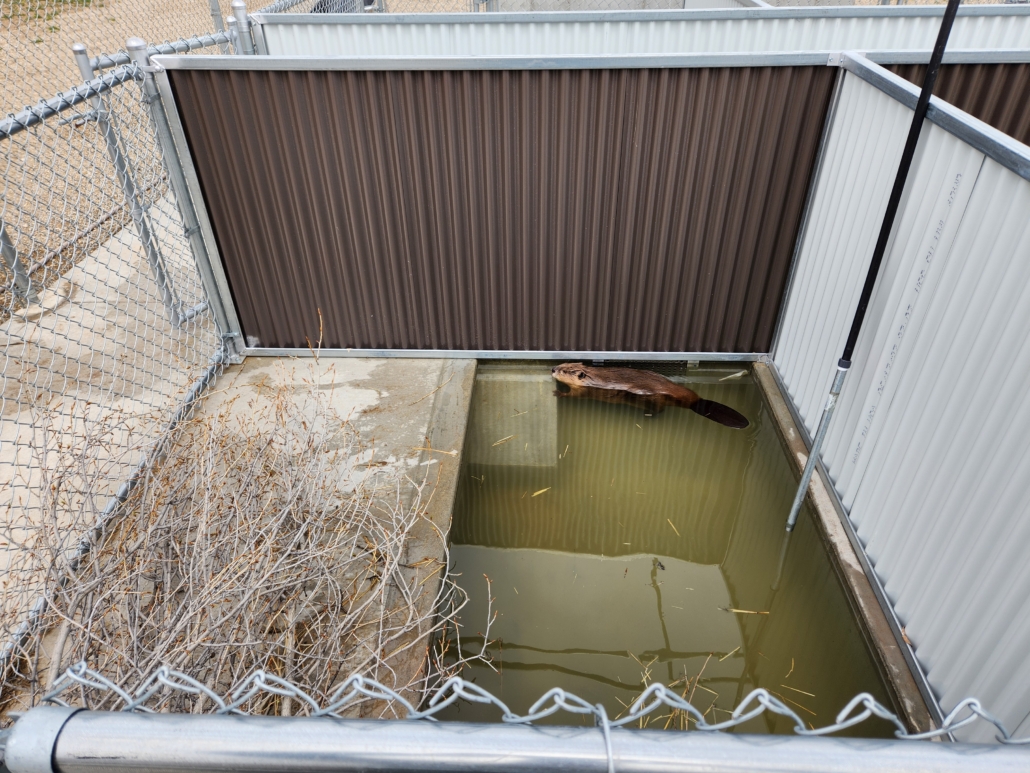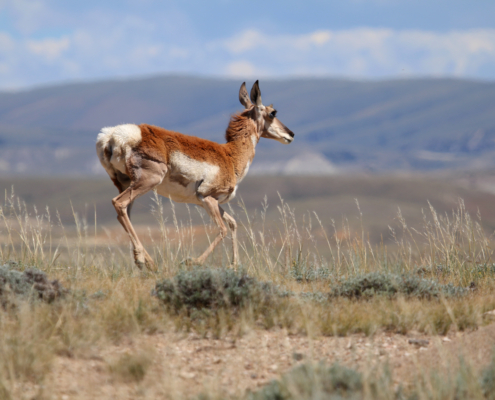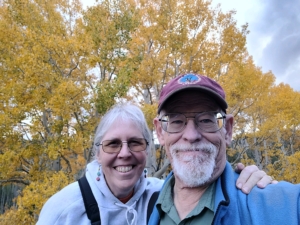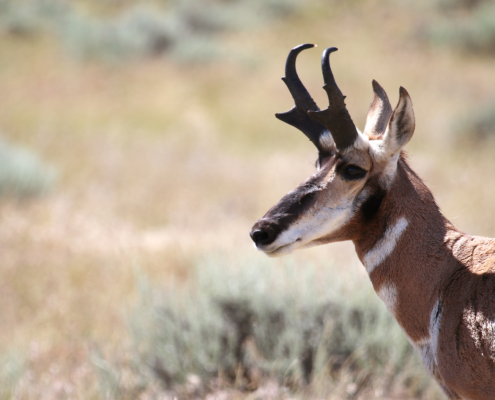The WYldlife Fund, in partnership with the Wyoming Game and Fish Department (WGFD), is dedicated to the conservation of Wyoming’s wildlife and their habitats. Through the Pooled Migration Fund (PMF), this collaborative effort unites various stakeholders to protect and enhance the migratory habitats of Wyoming’s big game species. By leveraging resources from diverse Farm Bill programs and state expertise, the PMF supports voluntary conservation on private and Tribal lands, fostering a network of conservation efforts across Wyoming.
In 2022, a significant agreement was signed by USDA Secretary Tom Vilsack and Wyoming Governor Mark Gordon, highlighting Wyoming’s leadership in big game migration science and conservation. The PMF seeks proposals from a wide array of partners, including NGOs, state agencies, and land trusts, to expand conservation efforts and increase the impact on migratory habitats.
Earlier this year, The WYldlife Fund Board awarded funding to three pivotal projects, each of which addresses unique conservation challenges and opportunities across Wyoming. Here’s a closer look at these projects:

Photo courtesy of the Wyoming Game & Fish Department.
1. Carbon County Weed and Pest
Invasive weeds, particularly cheatgrass, pose a significant threat to native rangelands and wildlife habitats in Carbon County. Cheatgrass outcompetes native plant species, creating dense, monotypic stands that offer little nutritional value to wildlife such as mule deer, pronghorn antelope, bighorn sheep, elk, and sage-grouse.
To address this issue, the Carbon County Weed and Pest (CCWP), in partnership with private, state, and federal entities, has embarked on an extensive project to control and manage cheatgrass proliferation. Through the PMF, The WYldlife Fund awarded $100,000 to this initiative, which aims to protect and restore crucial wildlife habitats across approximately 8,900 acres of land.
The primary treatment method involves aerially applying Indaziflam (Rejuvra) using rotor-wing aircraft at a rate of 5 ounces per acre. Indaziflam has been shown to provide longer-term control of cheatgrass compared to previous treatments like Imazapic (Plateau), which only offers control for about 2-3 years. This treatment is critical in maintaining the health and diversity of native plant communities, thereby supporting higher-quality wildlife habitats.
To accurately map cheatgrass cover, CCWP uses high-resolution satellite imagery from Planet, coupled with ground-truth data. This collaboration enhances monitoring precision, enabling effective management of cheatgrass proliferation.
Reese Irvine, project supervisor, said in a statement, “Carbon County Weed and Pest is excited to partner withThe WYldlife Fund to treat cheatgrass in the Platte Valley. These treatments are taking place in mule deer migration corridors, crucial winter range, and sage-grouse core areas. With the support from The WYldlife Fund, we will be able to treat an additional 1,458 acres of these crucial habitats!”
CCWP and its partners are committed to the long-term success of this project. Continuous monitoring efforts will ensure that if infestations are identified outside previously treated areas, new treatments can be implemented to protect past efforts and further improve habitat conditions. This adaptive management approach ensures that the project can respond dynamically to emerging challenges and opportunities, enhancing its overall impact on the ecosystem.
2. Little Snake River Conservation District
The Little Snake River Conservation District is spearheading a project focused on habitat improvement through juniper removal and shrub treatments. This initiative is part of a long-term effort to enhance the habitat of the Baggs Mule Deer Herd, benefiting mule deer, sage-grouse, and other big game species.
Scheduled for 2024, the project will involve mechanical treatments to remove juniper trees and improve aspen and mixed mountain shrub habitats across 1,200 acres. These treatments will create diverse age classes and species, providing nutritious forage and reducing the risk of catastrophic wildfires. The project also aims to improve habitat quality in crucial winter ranges and stopover sites within designated migration corridors.
“Mule deer numbers are down west wide and after the catastrophic winter kill of 2023 in the Baggs Herd unit, the population hit rock bottom,” said Larry Hicks, Natural Resource Coordinator for the Little Snake River Conservation District. “If we are going to restore this iconic herd back to its 20,000-head strong objective, it’s going to require high quality habitat. It is an all hands on deck approach across all land ownership patterns, including private, state, BLM, and USFS administered lands to restore and enhance crucial habitats and maintain critical migration corridors. The WYldlife Fund has joined a comprehensive landscape scale habitat restoration project and is providing significant funding with other partners to accomplish the goals of restoring this iconic mule deer herd back to its prominence as one of the greatest mule deer herds in the west. Without the support of the WYldlife Fund and the other partners, this effort would not be possible.”
The PMF awarded $75,000 to this initiative, which will continue to monitor and treat areas on a five-year basis.
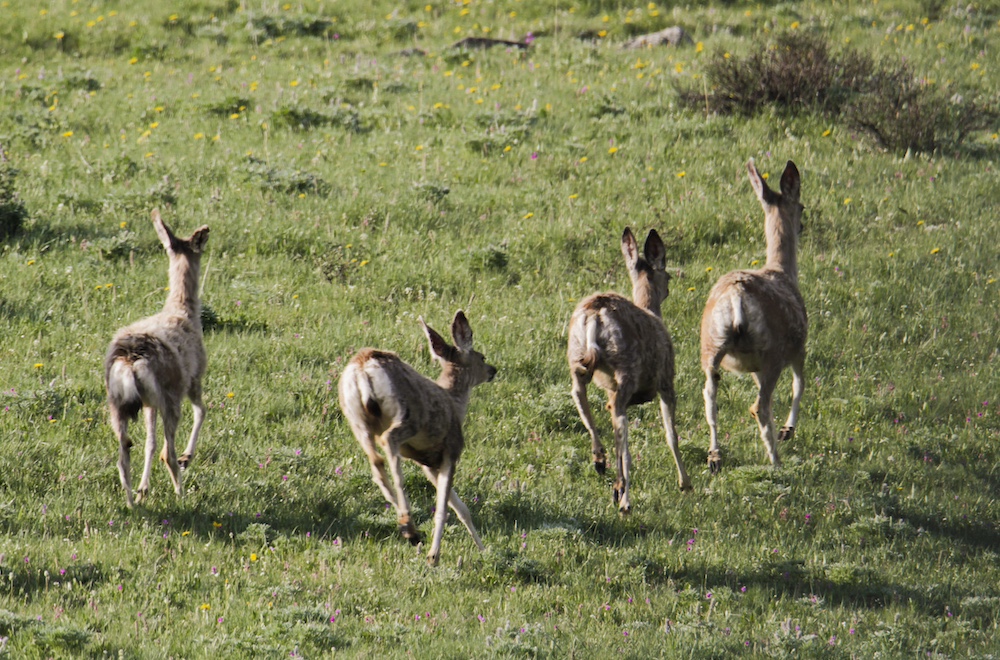
Mule deer in Ten Sleep, June 2017. Photo by Erin Bormett, Wyoming Game & Fish Department.
3. Sublette County Wildlife Friendly Fence Program
Western Wyoming, a stronghold for big game and sage-grouse, faces challenges from landscape fragmentation due to human population growth. One significant barrier to wildlife movement is traditional fencing, which can entangle and injure animals.
To mitigate these risks, the WGFD, in collaboration with local livestock producers, is converting up to 40 miles of fence to wildlife-friendly specifications. These modifications include lowering fence heights, increasing wire spacing, and creating crossing structures that allow safe passage for pronghorn and mule deer. This project, spread over three years (2024-2027), aims to enhance migration corridors and reduce wildlife injuries, contributing to the long-term sustainability of these species.
Of this project, Troy Fiessler, Terrestrial Habitat Biologist with WGFD, said, “While fencing is an essential component of our landscape, it can create severe hazards for wildlife from impeding seasonal migrations to restricting access to key habitats. Located within Sublette County, the Upper Green Fence Initiative strives to provide knowledgeable landowner consultation and more effectively focus implementation of wildlife-friendly fences in areas that provide the greatest benefit to wildlife. With the added support of The WYldlife Fund’s Pooled Migration Funds, our initiative is able to continue mitigating the risks posed by fences through modifications, conversions and removals across dozens of additional miles.”
A total of $75,000 from the PMF was awarded to this project. A well-maintained fence has an expected lifetime of at least 20 years, if not longer. All landowners who participate in this project using PMF funds have agreed to maintain their proposed fences at wildlife-friendly standards for a minimum of 20 years, promising safe passage for wildlife for at least two decades!
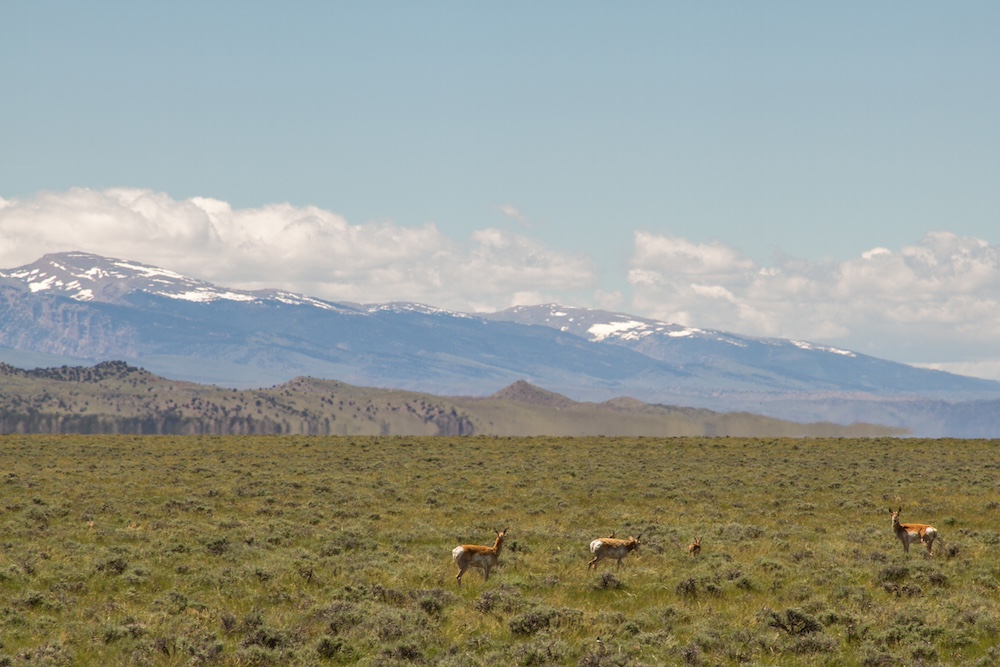
Photo courtesy of the Wyoming Game & Fish Department.
The Pooled Migration Fund exemplifies the power of collaboration in wildlife conservation. By addressing critical challenges like invasive species, habitat degradation, and landscape fragmentation, the PMF-funded projects are making a tangible difference in preserving Wyoming’s rich wildlife heritage. Through continued partnership and innovative solutions, these efforts ensure that Wyoming’s big game populations can thrive for generations to come.


